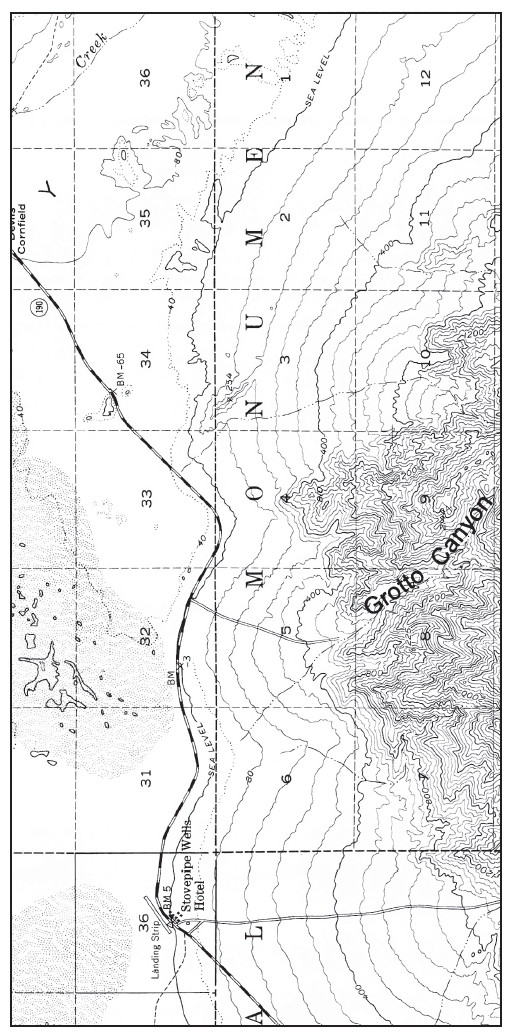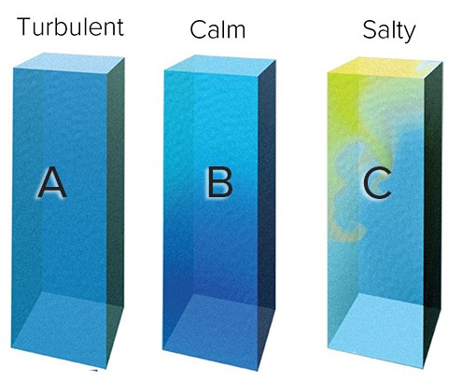Which of the following would not typically be considered an Earth Science study?
A) studies of impact craters on the moon
B) chemical refining of petroleum
C) studies of volcanic eruptions
D) studies of acid mine waters and the bacteria that live in those waters
B
You might also like to view...
What is the result of using a pay-as-you-throw approach in San Francisco, California, USA?
A. The city lost 37 garbage pickup workers. B. The city raised its taxes as a result of stringent recycling requirements. C. The city recycled, composted, or reused 80% of its municipal solid waste (MSW). D. The city created a severe littering problem. E. The city became the most expensive place to live in the United States.
What are the braided markings on the faces of the fans? (Hint: Think about how alluvial fans form.)
The questions on the following page are based on Figure 45-4, a stereogram of the Stovepipe Wells region of Death Valley, California, Figure 45-5, a portion of the “Stovepipe Wells, California” quadrangle (scale 1:62,500; contour interval 80 feet; north is to the left side of the stereogram and topographic map), and Map T-27a, color aerial imagery of this same region of Death Valley. Several large alluvial fans that come out of the Tucki Mountains are coalescing to form a bajada 136°35'17"N, 117°06'35"W).

Figure 45-5: USGS “Stovepipe Wells, California” quadrangle. North is to the left side of the page (scale 1:62,500; contour interval 80 feet, dotted lines represent half-interval contours<--N).
Which of the water columns would experience the greatest temperature differences with depth?

A) A
B) B
C) C
During the 1950s, people lived on average more than two decades longer in developed countries than in developing ones. In the twenty-first century, the gap is ________
A) less than 5 years B) less than 10 years C) less than 15 years D) still the same E) increased to 30 years